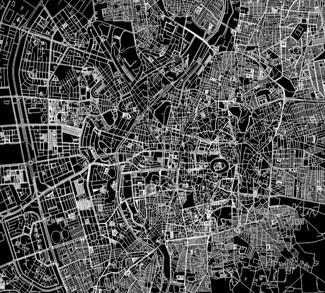Summary
Aleppo is crucial to the evolution of the Syrian civil war. It is the last major urban center where the so-called ‘moderate’ rebels (that is non-ISIS) have a strong presence. Aleppo is a humanitarian tragedy without historical precedent in Syria. Declared a World Heritage Site by UNESCO in 1986; today, many of its neighborhoods – including the historic center with its famous Souk and the glorious mosques – are a pile of rubble. The center is populated by more than one million inhabitants and controlled by Assad loyalist forces. They are surrounded in peripheral areas governed by rebel groups. But, Aleppo, from a strategic point of view, has more value than Damascus or Raqqa. By taking it back, the Assad government would manage to lock down all of western Syria, forcing the rebels to retreat to the east, on the border with Iraq.
The military situation, after years of rebel encirclement, has reversed in Damascus’s favor.
The UN special envoy Staffan de Mistura said that some 9,000 are still in the city’s eastern areas. The problem is that 275,000 civilians still live there as well. What the popular media hasn’t made clear, however, is that there are over one and a half million civilians living in western Aleppo, which has remained under Syrian government control. The West, Saudi Arabia and to a lesser extent (now) Turkey still back the rebels, even if this seems a rather disingenuous and odd, at best, policy, considering the ‘moderates’ include the terrorists formerly called Jabhat al-Nusra, who have now changed their name to Jabhat Fatah al-Sham. Meanwhile the West, particularly the United States, has toyed with the idea of enforcing a no-fly zone over Aleppo. That implies shooting down Syrian and Russian planes on sorties over the city.
In other words, a no-fly zone would escalate Russian-American tensions to a point not seen since the Cuban Missile Crisis.




